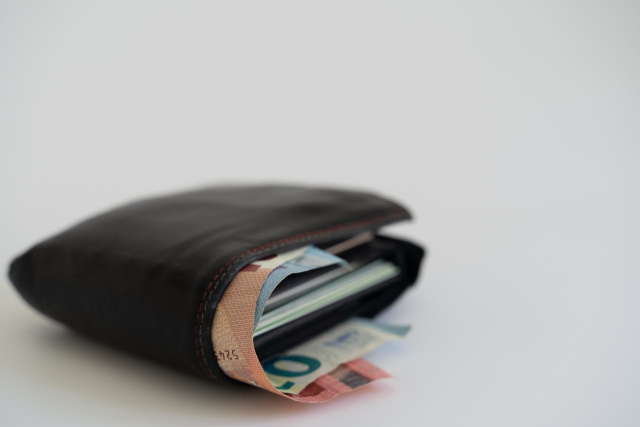By Summer Heat
Copyright novinite

With Bulgaria set to adopt the euro on January 1, 2026, citizens will need to prepare not only for a new currency but also for practical adjustments such as wallets and cash handling. Marinela Petrova, an advisor to the Bulgarian National Bank, explained last week in Plovdiv that a campaign had been planned to help the public recognize counterfeit euro banknotes even before Bulgaria joins the eurozone. Currently, training sessions are underway for cashiers at institutions with which the BNB has signed memoranda, focusing on the distinctive security features of euro notes.
Euro banknotes come in denominations of 5, 10, 20, 50, 100, 200, and 500 euros. There are two series of banknotes in circulation. The first series, introduced in 2002, includes all seven denominations. The second, known as the “Europa” series, was completed in 2019 with the release of the €100 and €200 notes and does not include the €500 note, which was discontinued in April 2019. The “Europa” series gradually replaces the first series, offering enhanced security features. All euro banknotes are legal tender across the eurozone, according to evroto.bg, the official Bulgarian platform for euro adoption.
Security features in euro notes are extensive. The first series incorporates embossed printing, watermarks, security threads, and complementing numbers visible under light. Lower denominations, such as 5, 10, and 20 euros, include a hologram and gold-pearl stripe, while higher denominations from 50 to 500 euros add color-changing numbers. The “Europa” series goes further, featuring a portrait watermark, emerald-green numerals, portrait holograms, and, in some cases, a window with a portrait. The 100 and 200 euro notes also include a satellite hologram, reflecting advanced anti-counterfeiting technology.
One practical consequence for Bulgarians is the size of the banknotes. Euro notes are generally larger than lev notes, particularly in higher denominations. Only the 5 euro note closely matches the lev in size; all others are both longer and taller. Each denomination has a unique size, from the 10 euro note at 127 mm by 67 mm to the 100 euro note at 147 mm by 77 mm, meaning Bulgarians will likely need new wallets to accommodate the larger notes.



